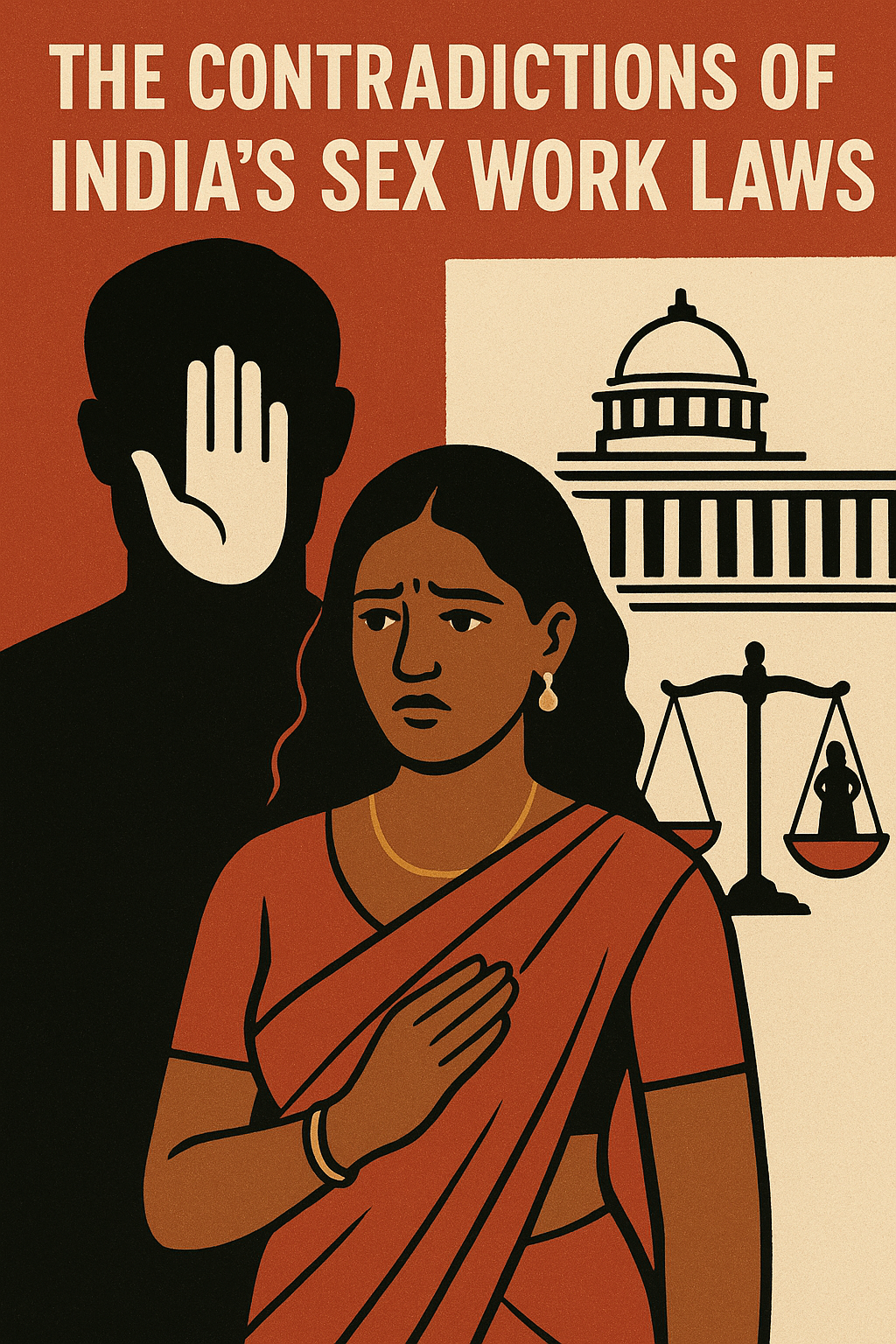



The Supreme Court has allowed The Chardham road construction with some modifications in its alignment with the duty of care towards the Environmental Safeguard Standards by maintaining checks and balances in the due process of the Environmental rule of Law.
In February 2018, a Dehradun-based environmental organisation(NGO) called Citizens for Green Doon filed a complaint with the National Green Tribunal (NGT) alleging that the Civil works comprising the improvement of five existing national highways from Tanakpur to Pithoragarh section of Kailas-Mansarovar yatra had not been approved by the Environment Impact Assessment (EIA) requirements of the Environment (Protection) Act, 1986. A separate application filed in the court sought direction for precautionary measures to ensure the stability of slopes and a compressive muck disposal plan. Petitioners not satisfied with the decision of the NGT in this case, filed an appeal in the Supreme Court which constituted a High Powered Committee (HPC) in pursuance to the direction of the Supreme Court’s final order of August 08, 2019, in this case. This appeal before the Supreme Court concerns the legality of diverting forest land for uses other than forests and the felling of trees to build an elevated corridor along NH 72A, which runs between Dehradun and Delhi.
An Original Application filed before the Principal Bench of the NGT on 27 February 2018 in the public interest has reported the following violations:
EIA Notification,2006
Wildlife Protection Act 1972
Forest (Conservation) Act
Environment (Protection) Act 1986
Articles 14, 21 and 48A of the Constitution of India,1950
The precautionary principle, as applied by the apex Court in the Vellore Citizens’ Welfare Forum v. Union of India, imposes an obligation on every developer, industry and governmental agency to anticipate, prevent and attack the causes of environmental degradation.
The doctrine of ‘public trust’ puts obligations on the state and holds it accountable for conservation. The reference to the ‘public trust’ doctrine comes from the M.C. Mehta v. Kamal Nath case in the Supreme Court. The doctrine extends to natural resources such as rivers, forests, sea shores, air etc., for the purpose of protecting the fragile ecosystem.
The environmental rule of law, which was first applied by this Court in Hanuman Laxman Aroskar v. Union of India extends to maintaining a fine balance of dealing with a righteous approach towards the Environment.
Facts:
The Char Dham Pariyojana(2016) is an ambitious highway project of the Ministry of Road, Transport and Highways(MoRTH), Government of India connecting four Dhams located in the middle and higher Himalayan range of Uttarakhand namely Yamunotri, Gangotri, Kedarnath and Badrinath. It also includes the widening of a stretch of the Kailash Mansarovar Yatra route from Tanakpur to Pithoragarh. It was communicated that completion of this project will ensure around the year, hassle-free travel to these shrines. The project aims to widen the current roadways into a double-lane with a paved shoulder layout (DL-PS), involving 3516 culverts, 101 minor bridges, 15 flyovers, realignments, and bypasses. Based on allegations that this project undermined several social, economic, cultural and ecological consequences, a writ petition was filed under Article 32 by the appellant, ‘Citizens for Green Doon’
The following are some of the timeline of facts from September 2018:
The Supreme Court overturned the NGT’s ruling and established a High Powered Committee (HPC) to evaluate the independent and cumulative environmental effects of constructing highways across the belt. The Court directed MoRTH to implement its recommendations after its submission.
The report of the High Powered Committee(HPC) was submitted under the order of the apex court.
Three-judge Bench of the Court took cognizance of the Report and noted that the conclusions in the HPC Report were unanimous, except for the issue relating to the width of the road.
The Project is fraught with issues concerning the Road Width and alleged Environmental violations caused by the construction. The Ministry of Road Transport and Highways had proposed a width of 5.5 metres for roads in hilly and mountainous terrain in a 2018 circular. According to the petition, the Char Dham project’s goal was to widen the roadways to make it simpler for religious pilgrims to travel there and to make it easier for buses to pass one another. The army wanted a road that was 10 metres wide, but the appellant Citizens for Green Doon maintained that it should only be 5.5 metres wide for the pilgrims. The road widening was opposed by the appellant as it was not mentioned about the army or the India-China border in the 2018 circular(MoRTH). In 2018, the road’s width was set at 5.5 metres under this project. Then, there was a request to widen the roads to ten metres, which would have an ecosystem and raise the possibility of landslides. Though the petitioner has not raised the request of a complete ban on the road construction in court they actually demanded that the width of these roads be reduced and they pleaded for suitability of the width just enough for the requirements of the Char Dham devotees. Finally, The MoRTH 2020 circular settles with the updated border road width of 7 metres.
Based on unanimous recommendations made by the HPC for implementing corrective measures, the apex court has made the following observations that:
An ‘Oversight Committee’, was constituted to ensure implementation of the recommendations of HPC
The objective of this Oversight Committee is to assess the implementation of the recommendations already provided by the HPC without any need for fresh environmental clearance.
The Oversight Committee was to receive all logistical and administrative assistance from the Union of India(UOI), the Government of Uttarakhand, the Ministry of Road, Transport and Highways(MoRTH), the Ministry of Defence(MoD) and the Ministry of Environment, Forest and Climate Change(MoEF&CC).
MoRTH and MoD shall place before the Committee Monthly reports and the steps taken by them to adhere to the HPC’s recommendations, along with a projected timeline for complying with the remaining recommendations.
Every four months, the Oversight Committee should send a progress report to the Supreme Court.
Finally, the oversight Committee should give suggestions as to ensure proper mitigation measures are employed without any dilution.
The motto behind these arguments of Respondent i.e. Union of India(UOI) is to allow for the cutting of trees for the construction of an elevated corridor for a part of NH 72A between Dehradun and Delhi.
After carefully examination of pro-cons viability of the Road Construction project, from both sides, the Supreme Court held that:
Developmental activities happening at the cost of the Environment is a bane in disguise destroying ecological balance which will have serious repercussions. This consequent environmental deterioration to supplement uncontrolled Growth has turned out to be a menace afflicting a huge undercover population. With the rapid rise in population, we need to accommodate them with proper infrastructure facilities like roads, railways, bridges, tunnels, water supply, sewers, electrical grids, and telecommunications (including Internet connectivity and broadband access). Nurturing the idea of building resources has to ensure their reliability and retainability for generations to come. While taking enough care towards the protection of the Environment, the strategic and security interests of the Country cannot be put on the back burner. Thus, Strict adherence to the principles of sustainable development principles can maintain a balance between environmental preservation and developmental endeavours.
FAQs
1. Is there any provision in law restricting the de-reservation of forest land for non-forest purposes?
Yes, Section 2 of Forest (Conservation Act),1980
2. What is an Environmental Impact Assessment(EIA)?
It is a study to predict the effect of proposed activity on the Environment.
4. Are Growth and Development the same?
No, Growth is a quantitative change while Development is a qualitative measure.
5. What is sustainable development?
It is a developmental practice that meets the needs of the present without compromising that of the future. It is attainable by maintaining a balance between Environmental protection and Developmental activities.
https://www.wwfindia.org/?23048/Citizens-for-Green-Doon–Versus–Union-of-India–Ors
https://science.thewire.in/law/compensatory-afforestation-not-carte-blanche-to-privilege-development/
https://www.rgics.org/wp-content/uploads/Environmental-Cost-of-the-Char-Dham-Project.pdf